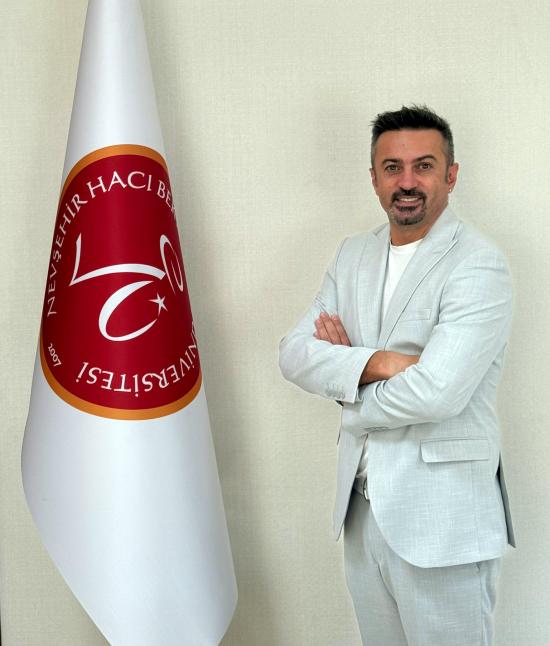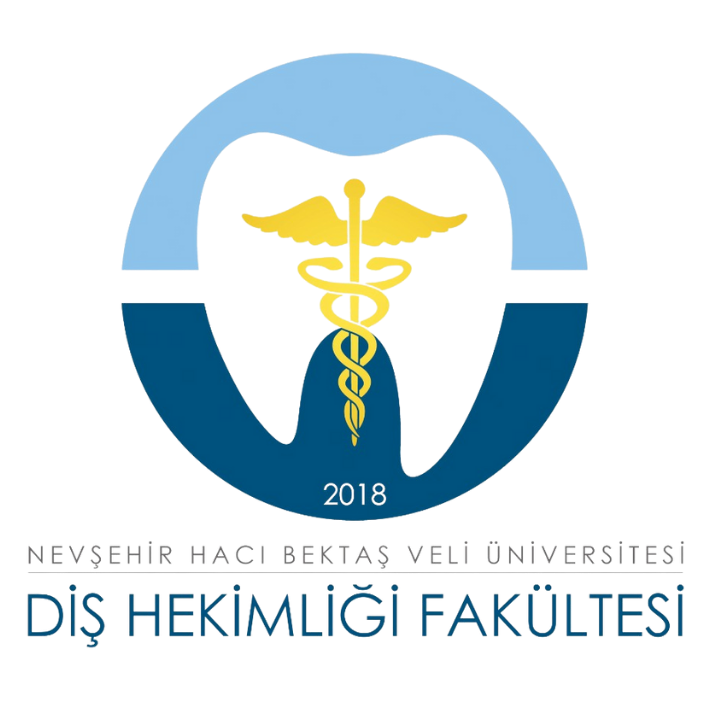Dentomaxillofacial Radiology Department, where patients who applied to the faculty are
first welcomed; is a clinic where diagnosis and treatment plans are made. Before starting their
treatment in line with their complaints, patients who come to the faculty are examined by a specialist
dentist in the Oral, Dental and Maxillofacial Radiology clinic and referred to the radiology unit, if
necessary, to have their radiographs taken.
THE IMPORTANCE OF FIRST EXAMINATION AND CORRECT DIAGNOSIS
In the initial examination of the patients who apply, it is learned whether they have systemic diseases,
a healthy anamnesis (medical history) and the diseases they have had.
The first examination is an important issue that should be taken seriously, so that our patients with systemic diseases do not
encounter any health problems during their treatment.
In line with the information received during this examination, treatment planning and drugs to be used
are selected in accordance with the health status of our patients. The treatment planning, variety,
advantages and disadvantages are explained in detail to the patients. Treatments initiated by making
a detailed examination and treatment plan leading to correct diagnoses are concluded successfully and
are long-lasting; Thus, health, time and economic losses are avoided. The radiographs taken in the
radiology clinic are monitored by the digital network and patient follow-up program so that they are
monitored in the clinics of the faculty.
Panoramic Film: It is a film shooting technique in which the teeth in the upper and lower jaws, adjacent tissues and formations and sinuses can be viewed on a single film.
Periapical Film: It is a type of small film in which the closest and detailed image of the radiological image of the tooth is obtained.
Bite-Wing Film (Biting radiography): It is an imaging method used in the diagnosis of interface caries, especially between adjacent teeth.
Occlusal Film: It is an imaging technique used in determining the horizontal position of the teeth, examining the jawbone contours or examining the salivary gland and ducts.
Hand-Wrist Radiography: It is the imaging method used to determine the bone age of pediatric patients applying for orthodontic treatment.
Cephalometric Film: Especially in orthodontic treatment planning; It is an imaging technique that shows the relationship of the lower and upper jaws and teeth with the skull base and other formations.
TMJ Film: It is an imaging method used to detect temporomandibular joint (the region where the lower and upper jaw articulate) movements and related problems.
MATTERS TO BE CONSIDERED WHEN EXAMINATION AND RADIOGRAPHY TAKING
During the inspection; The questions asked should be answered correctly, incomplete information should not be given in order not to complicate the treatment and patient health. In the Radiology Clinic; Before filming, all metal jewelry (glasses, hearing aids, hairpins, earrings, rings, piercings, necklaces, etc.) should be removed from the head and neck area. Removable prostheses, if any, should be removed from the mouth.
SITUATIONS WHEN PREGNANCY OR SUSPECTED PREGNANCY
Although the amount of radiation emitted by the state-of-the-art radiography devices used in dentistry, especially in our faculty, is very low and not at a level that threatens human health, radiography is not taken from pregnant women and those with suspected pregnancy, except for urgent medical needs and doctor's request. If necessary, one should not enter the radiology clinic without wearing a lead apron, by applying to the relevant personnel.
RADIOLOGY X-RAY (X-RAYS) USED IN DENTISTRY;
The amount of radiation received during a panoramic radiography; It is equal to the amount of radiation received from sitting in front of a computer for 4 hours or walking outside on a sunny day. The lead apron, which must be worn during the taking of some radiographs, prevents unnecessary X-ray exposure of other organs and tissues; This precaution is a general rule of radiology.



